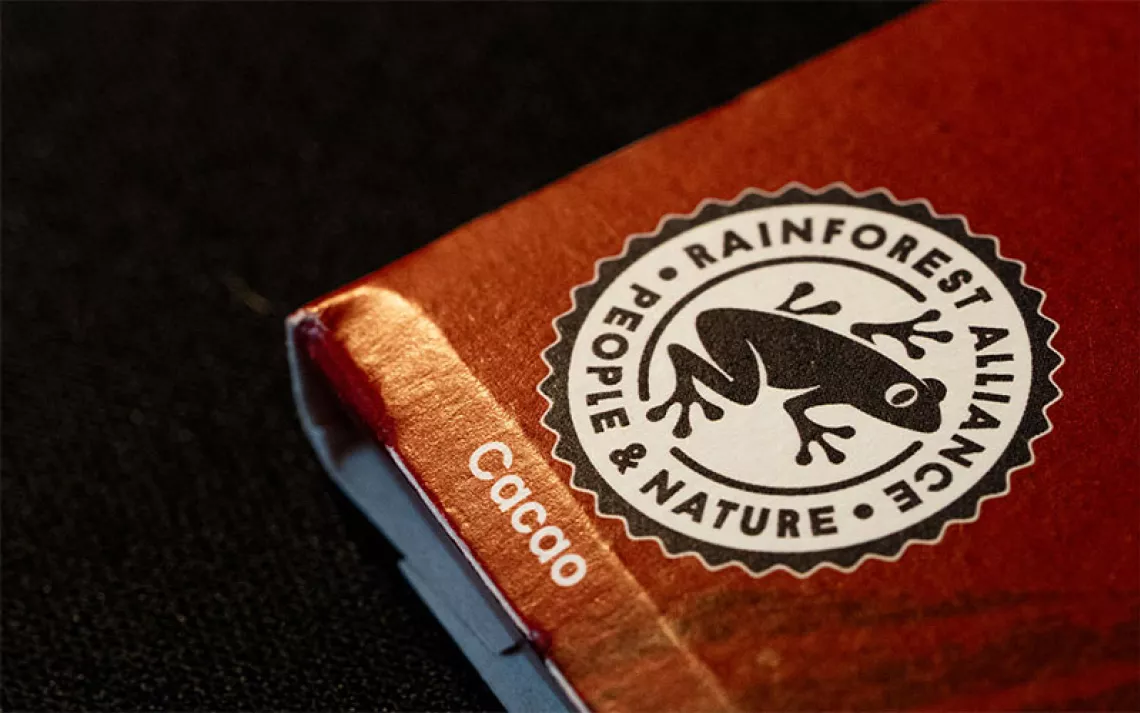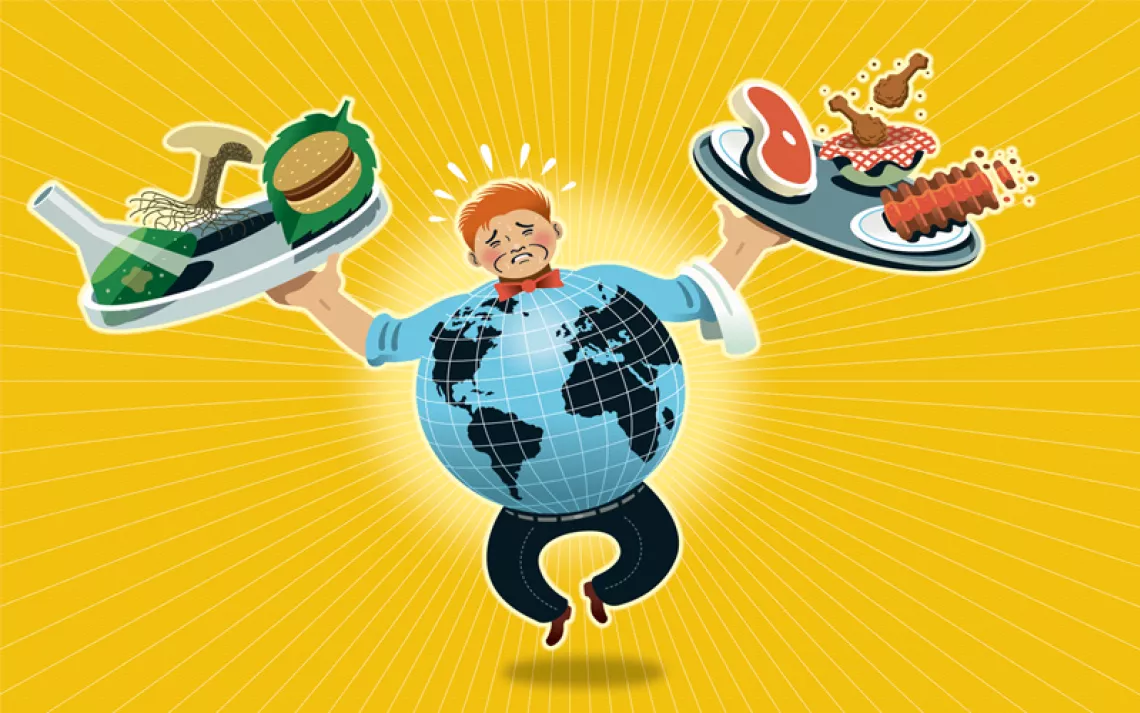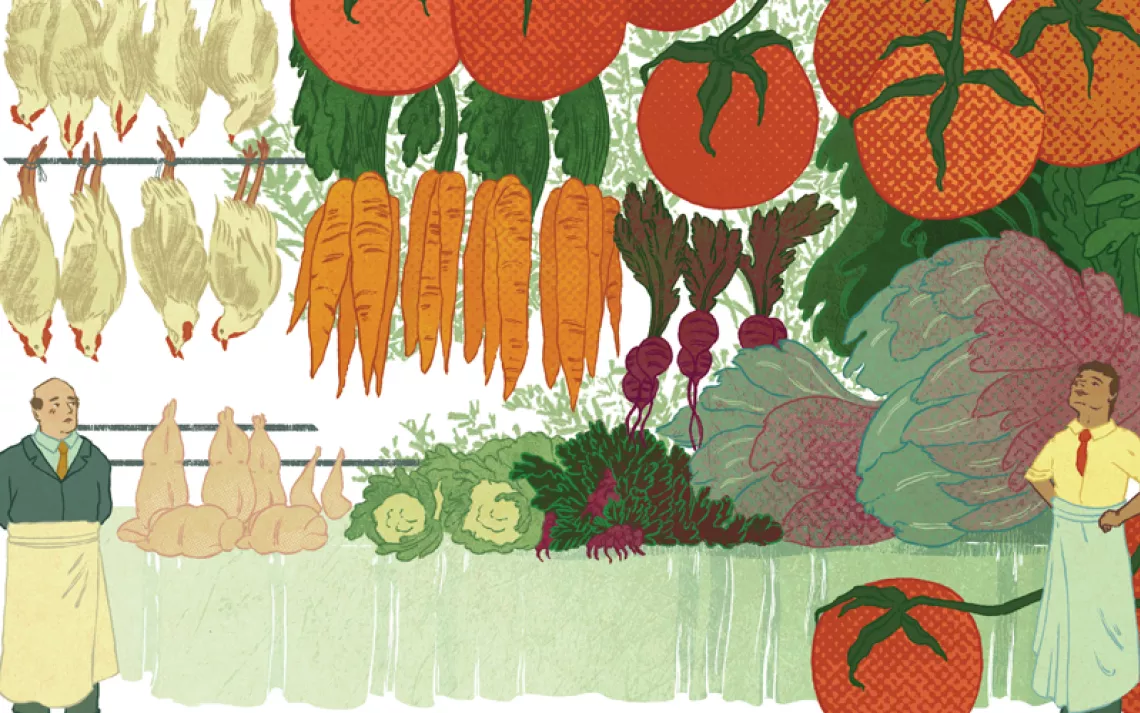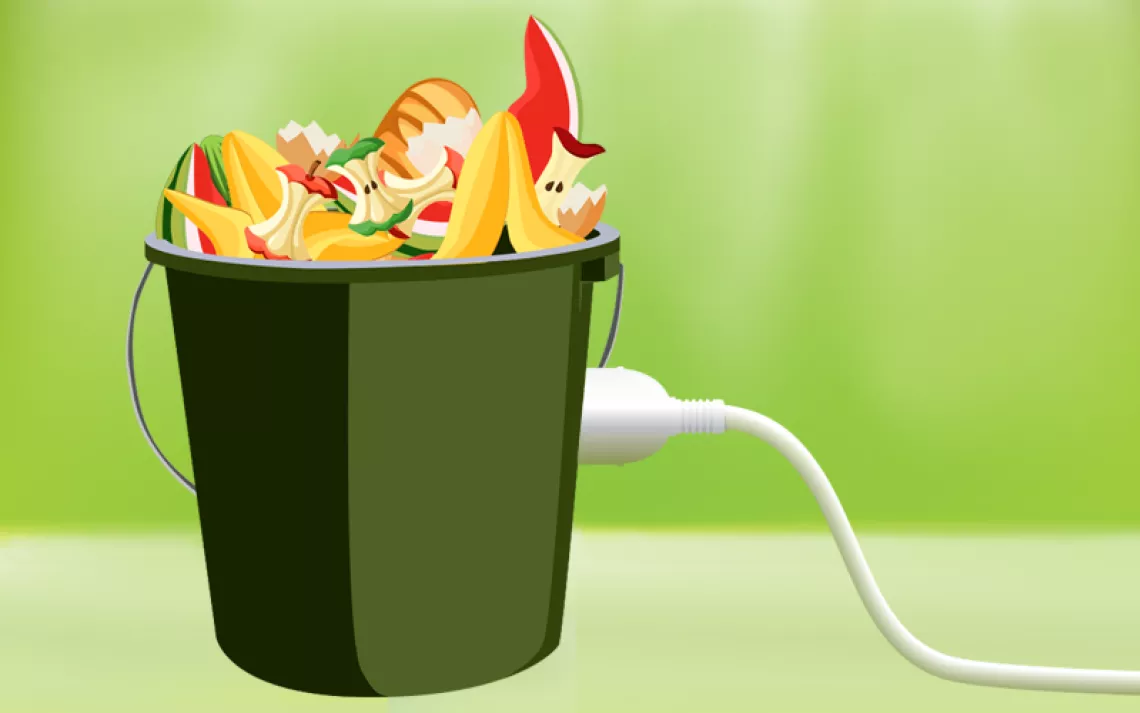Hey Mr. Green, What's the Best Way to Deal with Food Waste?
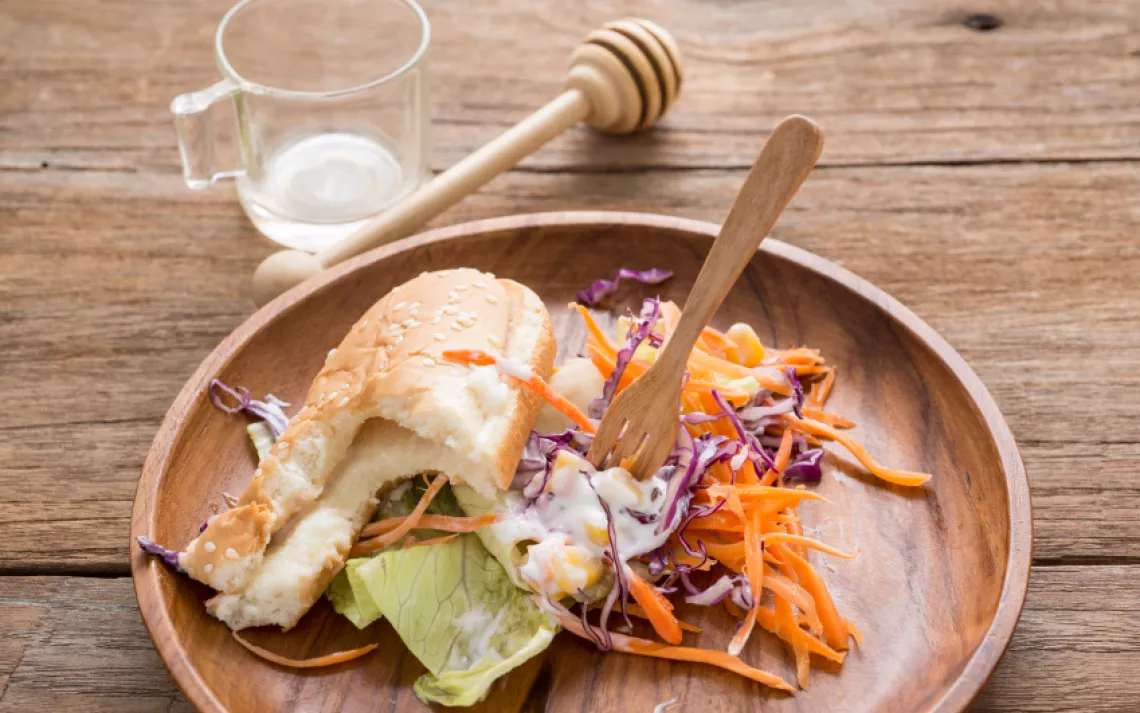
Photo by iStock/9george
Hey Mr. Green,
Is it better to send food waste through an in-sink disposal unit, which needs extra water to flush it and treat it as sewage, or to use composting pickup, which takes fossil fuel energy and therefore emits greenhouse gas?
—Jacqueline in Sausalito, California
The amount of water needed to deal with in-sink disposal is negligible, according to Abby Figueroa, a spokesperson for California's East Bay Municipal Utility District. Nevertheless, she says, municipal or home composting is still the best way to deal with food waste.
The global-warming virtues of composting were confirmed by none other than InSinkErator, the manufacturer of the venerable garbage disposal unit. The company commissioned a study of sewage-treatment and food-waste-disposal methods and found that while some super-efficient sewage-treatment plants eliminate greenhouse gas emissions while producing surplus energy, few systems beat composting—even when factoring in the emissions from hauling away and processing curbside compost. Many sewage plants are not advanced enough to capture and burn sufficient methane to offset their global-warming gases. It's a shameful waste, because sewage contains 5 to 10 times more chemical and thermal energy than is required to treat it.
But if you can't compost, use the in-sink disposal. Nothing's worse than tossing food waste in the garbage and having it hauled away. Landfilling (which includes hauling) releases almost twice as much global-warming gas as treating sewage, and six times more than composting. U.S. residents dump 34.6 million tons of food waste annually into landfills, which account for almost one-fifth of all U.S. methane emissions.—Bob Schildgen
 The Magazine of The Sierra Club
The Magazine of The Sierra Club
